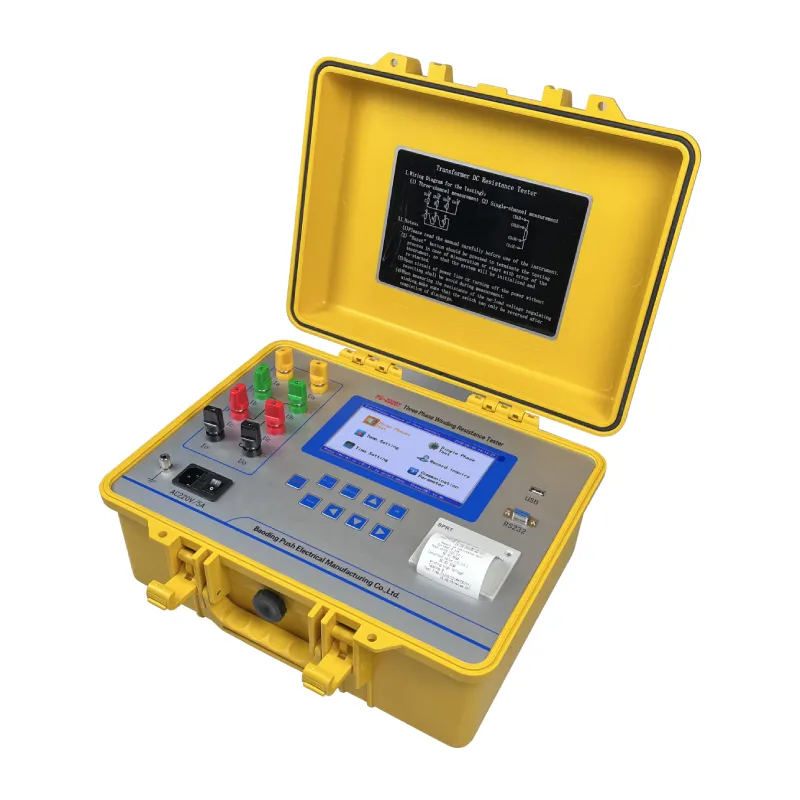 English
English



-
 Afrikaans
Afrikaans -
 Albanian
Albanian -
 Amharic
Amharic -
 Arabic
Arabic -
 Armenian
Armenian -
 Azerbaijani
Azerbaijani -
 Basque
Basque -
 Belarusian
Belarusian -
 Bengali
Bengali -
 Bosnian
Bosnian -
 Bulgarian
Bulgarian -
 Catalan
Catalan -
 Cebuano
Cebuano -
 China
China -
 China (Taiwan)
China (Taiwan) -
 Corsican
Corsican -
 Croatian
Croatian -
 Czech
Czech -
 Danish
Danish -
 Dutch
Dutch -
 English
English -
 Esperanto
Esperanto -
 Estonian
Estonian -
 Finnish
Finnish -
 French
French -
 Frisian
Frisian -
 Galician
Galician -
 Georgian
Georgian -
 German
German -
 Greek
Greek -
 Gujarati
Gujarati -
 Haitian Creole
Haitian Creole -
 hausa
hausa -
 hawaiian
hawaiian -
 Hebrew
Hebrew -
 Hindi
Hindi -
 Miao
Miao -
 Hungarian
Hungarian -
 Icelandic
Icelandic -
 igbo
igbo -
 Indonesian
Indonesian -
 irish
irish -
 Italian
Italian -
 Japanese
Japanese -
 Javanese
Javanese -
 Kannada
Kannada -
 kazakh
kazakh -
 Khmer
Khmer -
 Rwandese
Rwandese -
 Korean
Korean -
 Kurdish
Kurdish -
 Kyrgyz
Kyrgyz -
 Lao
Lao -
 Latin
Latin -
 Latvian
Latvian -
 Lithuanian
Lithuanian -
 Luxembourgish
Luxembourgish -
 Macedonian
Macedonian -
 Malgashi
Malgashi -
 Malay
Malay -
 Malayalam
Malayalam -
 Maltese
Maltese -
 Maori
Maori -
 Marathi
Marathi -
 Mongolian
Mongolian -
 Myanmar
Myanmar -
 Nepali
Nepali -
 Norwegian
Norwegian -
 Norwegian
Norwegian -
 Occitan
Occitan -
 Pashto
Pashto -
 Persian
Persian -
 Polish
Polish -
 Portuguese
Portuguese -
 Punjabi
Punjabi -
 Romanian
Romanian -
 Russian
Russian -
 Samoan
Samoan -
 Scottish Gaelic
Scottish Gaelic -
 Serbian
Serbian -
 Sesotho
Sesotho -
 Shona
Shona -
 Sindhi
Sindhi -
 Sinhala
Sinhala -
 Slovak
Slovak -
 Slovenian
Slovenian -
 Somali
Somali -
 Spanish
Spanish -
 Sundanese
Sundanese -
 Swahili
Swahili -
 Swedish
Swedish -
 Tagalog
Tagalog -
 Tajik
Tajik -
 Tamil
Tamil -
 Tatar
Tatar -
 Telugu
Telugu -
 Thai
Thai -
 Turkish
Turkish -
 Turkmen
Turkmen -
 Ukrainian
Ukrainian -
 Urdu
Urdu -
 Uighur
Uighur -
 Uzbek
Uzbek -
 Vietnamese
Vietnamese -
 Welsh
Welsh -
 Bantu
Bantu -
 Yiddish
Yiddish -
 Yoruba
Yoruba -
 Zulu
Zulu
ct winding resistance test
Understanding CT Winding Resistance Testing
Current transformers (CTs) are vital components in electrical systems, primarily used for measuring current and providing electrical isolation for protection and metering purposes. One critical aspect of maintaining the functionality and longevity of CTs is the assessment of their winding resistance. This article delves into the significance of CT winding resistance testing, its methodologies, and its implications for electrical safety and performance.
Importance of Winding Resistance Testing
Winding resistance testing is an essential diagnostic procedure that helps ensure the reliability of current transformers. The resistance of the winding affects the accuracy of current measurements, which can have profound effects on the monitoring and protection of electrical systems. High resistance in the windings can lead to increased heat generation, reduced efficiency, and potentially, failure of the transformer. Therefore, routine winding resistance tests are crucial for early detection of issues such as loose connections, corrosion, and degradation of insulation material.
The winding resistance value is critical for several reasons 1. Performance Assessment The resistance of the winding directly influences the CT's ability to accurately replicate the primary current. Inaccurate readings can lead to faulty protections and metering. 2. Thermal Management High winding resistance can result in excessive heating, potentially causing insulation breakdown and transformer failure. 3. Maintenance Planning Regular assessments of winding resistance facilitate maintenance scheduling and budget planning, minimizing unexpected outages or failures.
Methodology of Winding Resistance Testing
Winding resistance tests are usually conducted using a low-resistance ohmmeter or a micro-ohmmeter
. This testing method involves the following steps1. Preparation Before testing, ensure that the CT is de-energized and properly isolated from the circuit. Safety precautions must be observed to prevent accidents involving energized equipment.
2. Connection Connect the test leads of the ohmmeter to the appropriate terminals of the CT. It is essential to follow the manufacturer’s guidelines regarding the testing points to ensure accurate results.
ct winding resistance test

3. Conducting the Test Activate the ohmmeter and record the resistance values displayed. It is advisable to perform multiple tests to ensure consistency and to average the results, as this can help identify inconsistencies or faults.
4. Analysis Compare the measured resistance values with the manufacturer’s specified limits. A significant deviation from expected values indicates issues such as winding short circuits, open circuits, or poor connections that need to be addressed promptly.
5. Documentation Maintain detailed records of all test results for future reference. This documentation is invaluable for tracking performance trends and assessing the condition of CTs over time.
Implications for Electrical Systems
The implications of winding resistance testing are profound. Effective monitoring and maintenance of CTs ensure that the electrical systems operate within their optimal parameters. Accurate current measurements improve the performance of protective relays, which play a crucial role in preventing equipment damage during fault conditions.
Moreover, the proactive approach of regular testing contributes to the overall safety of the electrical installation. By identifying potential issues before they escalate, engineers can implement corrective actions that prevent catastrophic failures, ensuring both safety and continuity of operations.
Conclusion
CT winding resistance testing is a fundamental practice that supports the reliability and efficiency of current transformers in electrical networks. Through regular assessments, potential problems can be identified early, allowing for timely maintenance and preventing operational disruptions. As electric grids continue to evolve and expand, the importance of routine winding resistance testing cannot be overstated. By prioritizing this essential maintenance practice, operators can ensure that their systems remain safe, efficient, and responsive to the demands of modern electrical load requirements.
-
Ensuring SF₆ Gas Safety: Introducing PUSH’s Integrated SF₆ Analyzer for Dew Point, Purity, and Decomposition MonitoringNewsJul.10,2025
-
Exploring the Main Types of Industrial Endoscopes and Their Applications Across IndustriesNewsJul.04,2025
-
Testing Equipment Industry Sees Major Advancements in 2025: Smart & Precision Technologies Lead the WayNewsJun.06,2025
-
Applications of Direct Current Generators in Renewable Energy SystemsNewsJun.05,2025
-
Hipot Tester Calibration and Accuracy GuidelinesNewsJun.05,2025
-
Digital Circuit Breaker Analyzer Features and BenefitsNewsJun.05,2025



